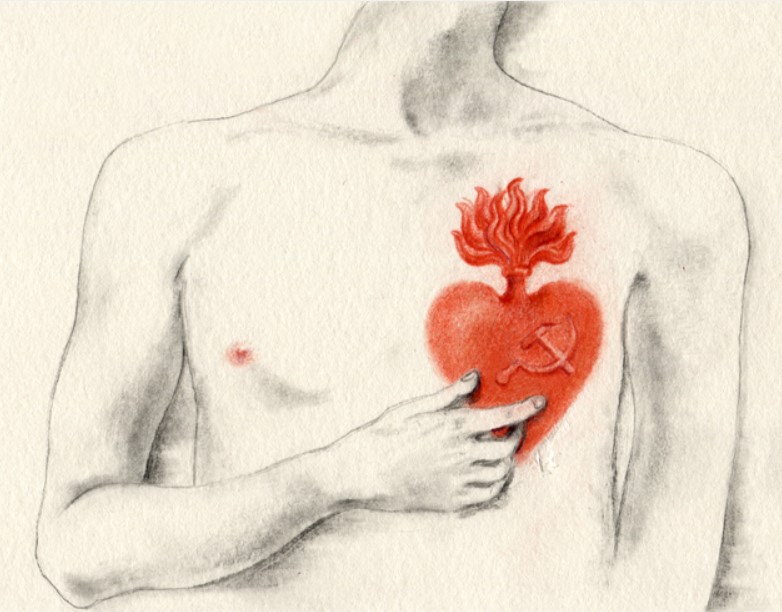Brama triumfalna polskiej opowieści. Symboliczna rekonstrukcja mostu nad Chłodną wobec kryzysu dominującej polskiej narracji o Zagładzie
A Triumphant Gate of the Polish Narrative: The Symbolic Reconstruction of the Bridge over Chłodna Street in Warsaw vis-à-vis the Crisis of the Dominant Polish Holocaust Narrative
Author(s): Elżbieta JanickaSubject(s): Local History / Microhistory, WW II and following years (1940 - 1949), History of the Holocaust, Film / Cinema / Cinematography, History of Antisemitism, Politics of History/Memory, History of Art
Published by: Instytut Slawistyki Polskiej Akademii Nauk
Keywords: symbolic topography; spatial turn; antisemitism; philosemitic violence; Warsaw Ghetto; Hilberg’s triad; Polish bystander (concept revision); collective narcissism; politics of memory;
Summary/Abstract: The article is a study of the symbolic topography of Warsaw’s Chłodna Street. In 1940–1942 Chłodna Street was an “Aryan” border strip, dividing the Small and Large Ghettos. For the past quarter of century, the symbolic landmark dominating within this space have been the subsequent commemorations of the Ghetto’s wooden footbridge that existed here between January and August 1942. These commemorative artefacts evolved from a counter-commemoration (1996), through a commemoration with the use of painting (2007) and photography (2008), to a symbolic reconstruction of the bridge (2011). The analysis of this dynamics, from representation of an object to its materialization, is complemented by a reconstruction of the patterns and stakes of narratives that make up the subsequent layers of the Chłodna Street narrative palimpsest. An important context of the analysis, apart from the history of the site, is the fact that today, the means of control over the space of the former Ghetto are in exclusive possession of the non-Jewish majority. A breaking point in the commemoration process was Roman Polański’s film The Pianist (2002). The bridge over Chłodna was reconstructed “one to one” – in Warsaw but outside the space of the former Warsaw Ghetto. The film was shot in the midst of a nationwide debate taking place in Poland over Jan Tomasz Gross’s book Neighbors (2000). The debate concerned the Poles’ participation in the Holocaust and the socio-cultural determinants of their attitudes and behaviors. Within the Polish dominant culture, the narrative shock was so immense that a return to the old Polish tale of heroism and martyrdom seemed impossible. Meanwhile the mainstream journalistic discourse cast Gross and Polański on the two sides of a narrative opposition. The former supposedly represented subjectivism and rash generalizations, while the latter was supposed to embody objectivism and fair judgment. The silhouette of the bridge over Chłodna Street merged at that point with a counterfactual vision of the Polish context of the Holocaust. The international success of The Pianist (Palme d’Or and Oscar) sealed the evolution of the bridge as a figure: from an abject to an object of desire, a tourist attraction, and an export. (A separate issue, also tackled in the article, is how the story told in the film relates to the story of Władysław Szpilman, mediated originally by Szpilman’s ghostwriter Jerzy Walfdorff and then by the scriptwriters, Ronald Harwood and Roman Polański. In both cases the most serious discrepancies concern depictions of the Poles’ attitudes toward the Jews during, but also before, the Holocaust). The success of the film was the determining factor in a decision made to invest public funds in another, and thus far last, commemoration of the bridge over Chłodna: its symbolic reconstruction in situ. What was reconstructed was not so much the bridge as it was in 1942 but the bridge from the film, and with it – the film’s idealized portrayal of the Polish context of the Holocaust. The figure of the bridge suggests tight isolation of Jews and Poles – an isolation instituted by the Germans. By so doing, it feeds into the image of Poles as helpless bystanders (onlookers/gawkers, at times even witnesses) in the face of the Holocaust. The figure of the Polish bystander/ witness to the Holocaust, in its turn, is a key figure of Polish innocence. In addition, the symbolic reconstruction of the bridge draws the attention of the users of this space away from another site on Chłodna Street, where Jews and Poles came in direct contact throughout the entire existence of the Warsaw Ghetto. By obscuring the factual state of affairs uncovered as a result of the Jedwabne debate, the symbolic reconstruction of the bridge over Chłodna Street functions as a discourse-reproducing machine of sorts, alowing the dominant majority to „indulge in retrospective hallucination.”
Journal: Studia Litteraria et Historica
- Issue Year: 2019
- Issue No: 8
- Page Range: 1-99
- Page Count: 99
- Language: Polish

